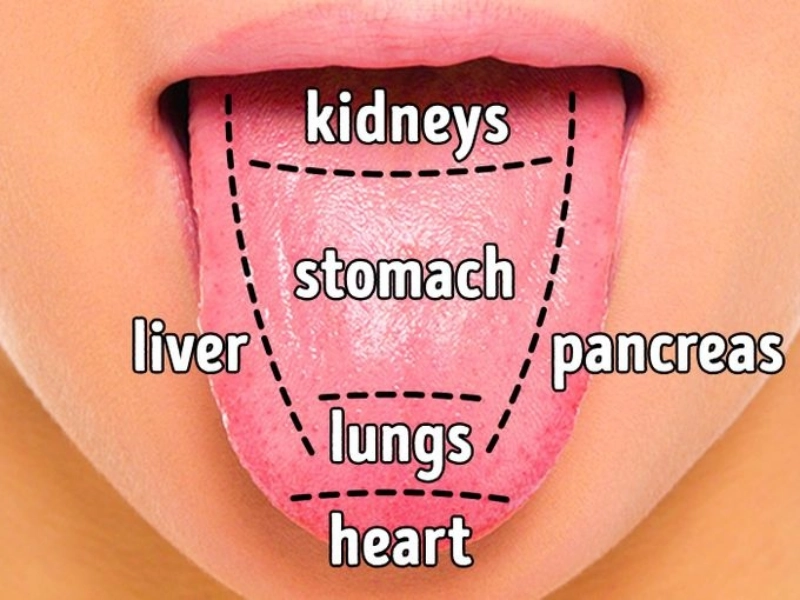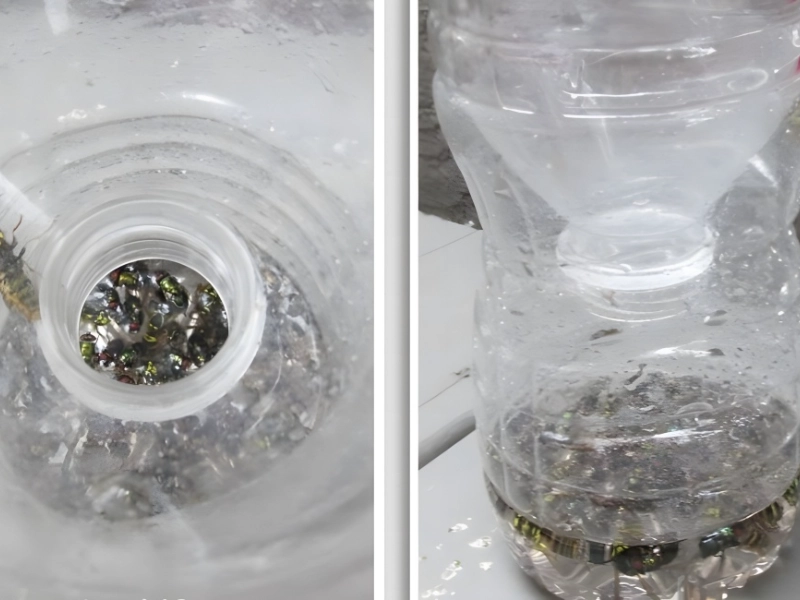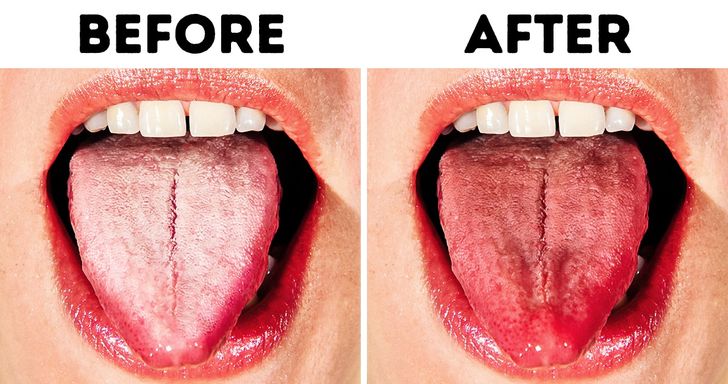Why Your Tongue Turns White and 8 Ways to Get Rid of It
Advertisement
In addition to urine, faeces, and perspiration, the tongue also produces the byproducts of the critical processes that occur within our bodies. The papillae, which are tiny bumps on the surface of the tongue, are where some food particles, bacteria, and dead cells are kept. These substances can build up and result in a white discoloration.
You can routinely "clean" and maintain a steady detoxification of the body by periodically eliminating the garbage from your tongue. Cleaning your tongue can help prevent cavities, plaque buildup, and gum disease, as well as increase the taste buds' sensitivity and freshen your breath. To help you manage a white tongue and maintain the health of your mouth, we have compiled a list of simple techniques.
Why your tongue can be white

Advertisement
Baking soda, a versatile substance with a wide range of applications, has been utilized for centuries in various aspects of daily life. From its traditional use in baking to its role in maintaining oral health, baking soda has proven to be a valuable commodity. Recent studies have suggested that baking soda may have the ability to lower bacteria levels in the mouth by raising the pH of the oral environment. This potential benefit has sparked interest in exploring the use of baking soda as a tool for oral hygiene.
One particular area of interest is the use of baking soda to exfoliate the tongue and eliminate bacteria and dead cells. To achieve this, individuals can create a simple paste using baking soda and lemon juice. The acidic nature of the lemon juice, combined with the abrasive properties of baking soda, can help to remove built-up residue and promote a cleaner, healthier oral environment.
The process of exfoliating the tongue with a baking soda and lemon juice paste involves mixing the two ingredients to form a thick, gritty texture. This paste can then be gently applied to the surface of the tongue and massaged in circular motions to help dislodge any accumulated debris. After a brief period of massaging, the mouth can be rinsed thoroughly with water to remove the paste and any dislodged particles.
While the use of baking soda and lemon juice for tongue exfoliation may offer potential benefits, it is important to exercise caution and moderation. Overuse of abrasive substances such as baking soda can lead to irritation and damage to the delicate tissues of the mouth. Additionally, individuals with sensitive oral tissues or existing oral health conditions should consult with a dental professional before incorporating new oral care practices.
In conclusion, the potential benefits of using baking soda for oral hygiene, including its ability to lower bacteria levels and aid in tongue exfoliation, are intriguing. By exploring safe and effective methods for incorporating baking soda into oral care routines, individuals may discover new ways to promote oral health and hygiene. As with any new oral care practice, it is advisable to seek guidance from a dental professional to ensure that the chosen approach is suitable for individual needs and circumstances.
Advertisement
You May Like










